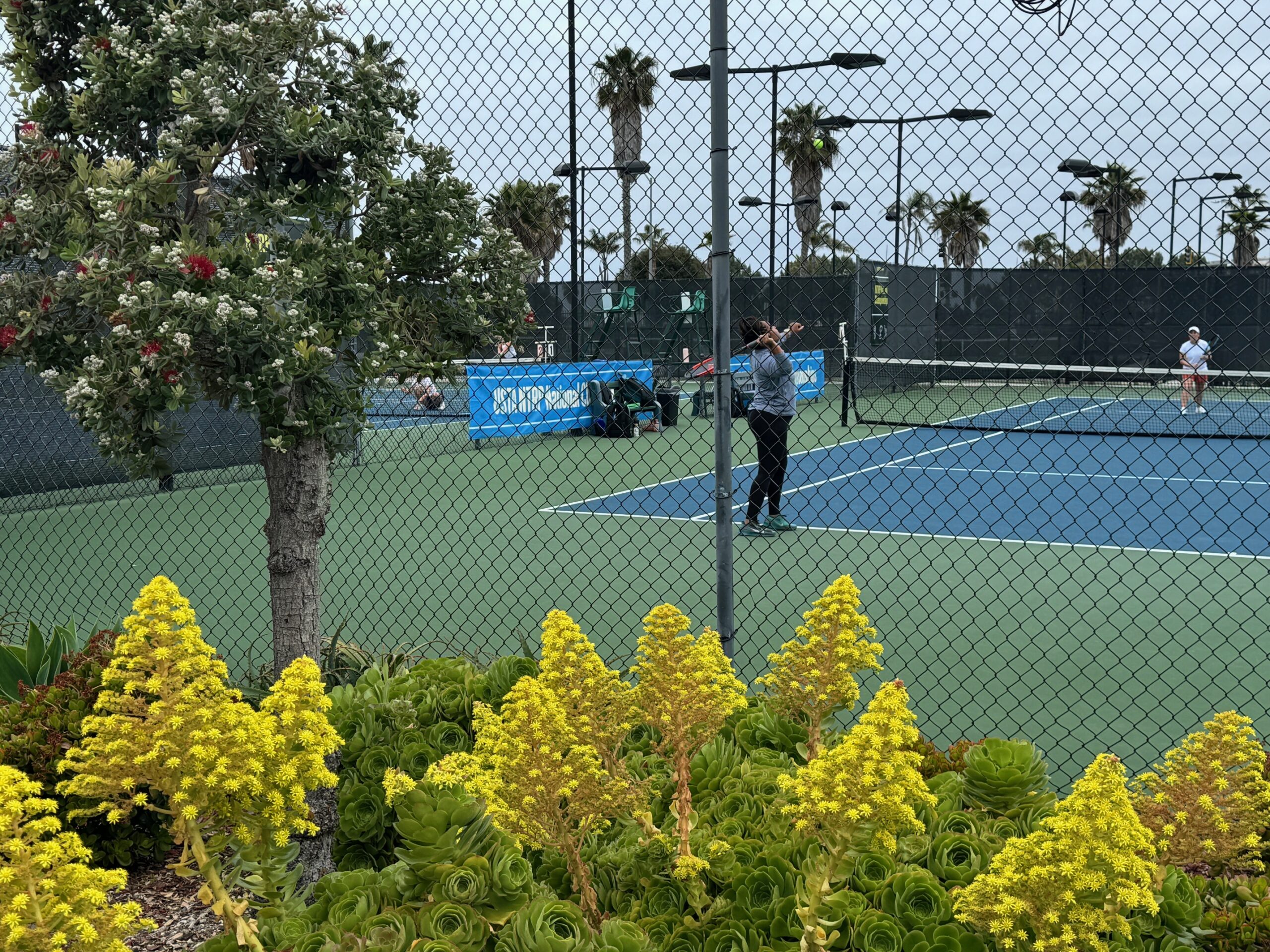Last week we examined S.C.F. Peile’s thoughts on various court surfaces shared in his 1887 book, ‘Lawn Tennis as a Game of Skill.’ The chapter “Courts, Nets, and Appurtenances” also provides fascinating glimpses into how loosely the rules and recommendations for the geometry of the court configuration were adhered to in various locations.
This prompted me to an exegesis of what is written in ‘Lawn Tennis as a Game of Skill’ in light of the rules of tennis in effect at the time. For example, Peile leads off with his idea about the clear space outside the court’s boundaries. That implies that there was no standardization of those dimensions published elsewhere. Naturally, I dove down that rabbit trail. What I found was somewhat surprising.
The Marylebone and All England Club rules that were in effect at the time already specify precise dimensions of at least 15 feet behind the baselines with 10 feet at the sides. To put that in a modern context, the 2023 ITF Rules of Tennis recommends 21 feet behind the baselines with 12 feet at the sides for International Competitions. The ITF also indicates that 18 feet and 10 feet are probably sufficient for recreational and club play. The total area allocated for a tennis court is much more spacious than it used to be.
Peile writes that in 1887, some people regarded 7 feet in the backcourt as sufficient. Some of those early courts were likely shaped by the landscape on which they were constructed. Peile specifically mentions trees and shrubs that infringed on the backcourt space. He also objects to uneven “drops” or slopes behind the baseline, which is an indication that he had likely encountered those things.
I am quite positive that I have encountered tennis courts with backcourt and sidecourt dimensions that are significantly less than the current recommended spacing. These are not hard and fast rules of tennis, so some variation is acceptable. It is our sports equivalent to baseball’s home-field advantage. I am probably going to carry a long tape measure in my bag to obsessively check back and side court dimensions over the next few months.
The variety of court configurations described in ‘Lawn Tennis as a Game of Skill‘ provides a glimpse into how courts were constructed during the earliest days of the sport. While the rules of the actual dimensions of the court lines seem to have achieved early standardization, the same cannot be said about the space outside the lines. These physical realities likely shaped the rules of the game.
- Lawn Tennis as a Game of Skill, S.C.F Peile, 1887.
- The Game of Lawn Tennis with the Rules of the Marylebone and All England Clubs, by “Cavendish,” Eighth Edition, 1888.
- ITF Rules of Tennis, International Tennis Federation, 2023


